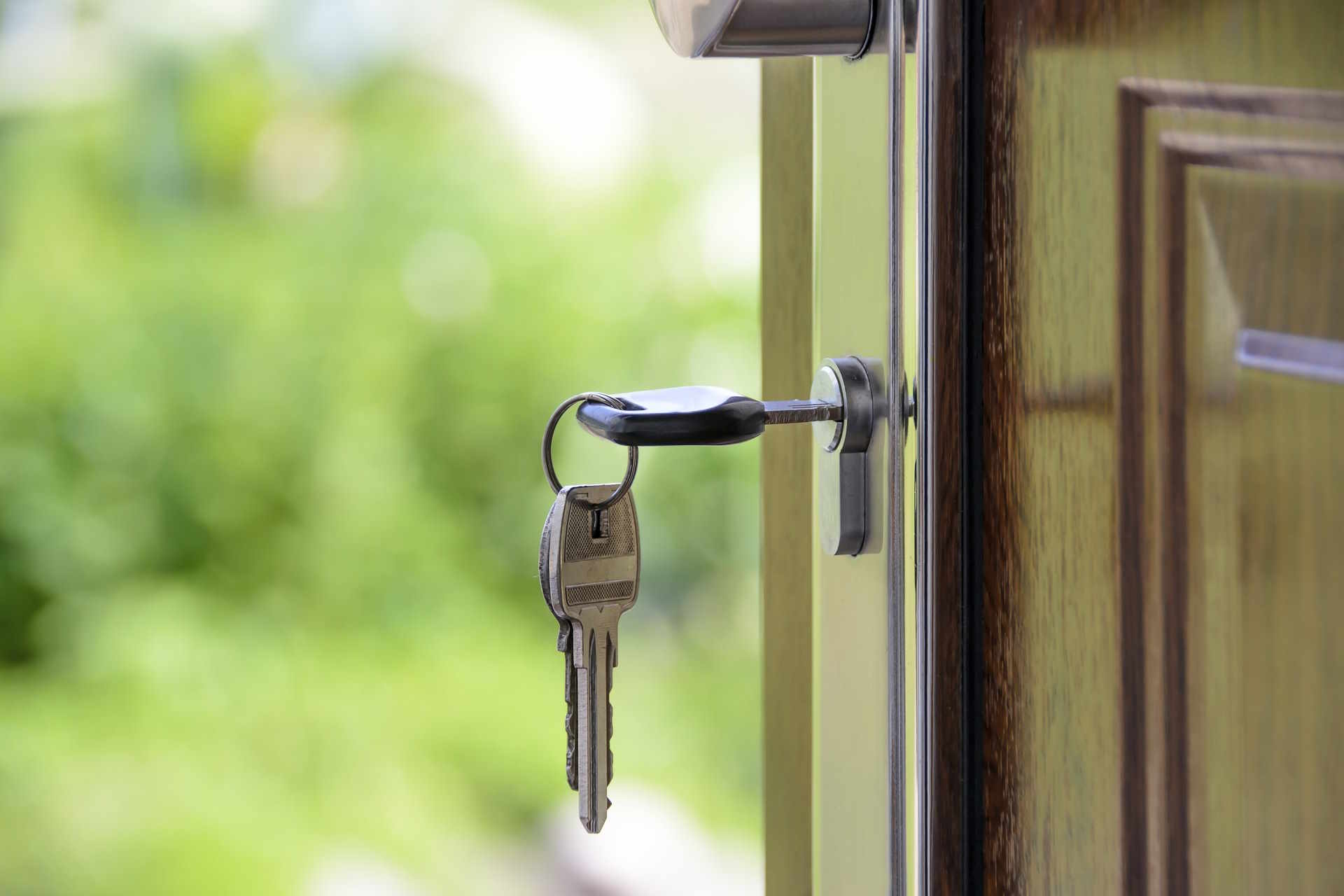Learn About Common Gate Types, Automation Solutions, And Pricing
Property gates serve multiple purposes beyond simple access control, offering security, privacy, and aesthetic appeal to residential and commercial properties. Understanding different gate options, automation technologies, and associated costs helps property owners make informed decisions that balance functionality with budget considerations.
What Are the Most Common Gate Types Available Today?
Property owners can choose from several gate designs, each offering distinct advantages. Swing gates remain the most traditional option, opening inward or outward on hinges. These gates work well for residential driveways and smaller commercial entrances, requiring adequate clearance space for operation.
Sliding gates offer space-efficient solutions, moving horizontally along a track system. These gates prove ideal for properties with limited driveway space or steep inclines where swing gates might be impractical. Cantilever sliding gates eliminate ground tracks, reducing maintenance requirements and preventing debris accumulation.
Barrier gates, commonly seen in parking facilities and commercial properties, lift vertically to allow vehicle passage. Vertical lift gates and bi-fold gates provide specialized solutions for specific architectural requirements or space constraints.
How Do Modern Gate Automation Solutions Work?
Gate automation systems transform manual gates into convenient, remotely operated barriers using various technologies. Electric motor systems power gate movement, with different motor types suited to specific gate styles and weights.
Swing gate automation typically employs articulated arm operators or underground linear actuators. Articulated arm systems mount visibly on gate posts, while underground actuators remain hidden for aesthetic appeal. Both systems can handle gates of varying weights and sizes.
Sliding gate automation uses rack and pinion drive systems or chain drive mechanisms. These systems move gates along tracks smoothly and reliably, with built-in safety features to prevent accidents or damage.
Smart gate controllers integrate with home automation systems, allowing smartphone control, scheduling, and monitoring. Advanced systems include features like license plate recognition, intercom integration, and security camera connectivity.
What Factors Influence Gate Pricing?
Gate costs vary significantly based on materials, size, design complexity, and automation features. Basic manual gates start at lower price points, while fully automated systems with advanced features command premium pricing.
Material selection greatly impacts overall costs. Steel gates offer durability and security at moderate prices, while aluminum provides corrosion resistance with lighter weight. Wood gates appeal to homeowners seeking natural aesthetics but require regular maintenance. Wrought iron and ornamental steel create elegant appearances with higher initial investments.
Gate size directly correlates with material costs and installation complexity. Single-car width gates cost less than double-wide options, while commercial-grade gates for larger vehicles require heavier-duty components and higher pricing.
Automation complexity adds substantial costs to basic gate installations. Simple remote-controlled systems cost less than integrated smart home solutions with multiple access methods and monitoring capabilities.
| Gate Type | Provider Example | Cost Estimation |
|---|---|---|
| Manual Swing Gate (Steel) | Local Fabricators | $800 - $2,500 |
| Automated Swing Gate | LiftMaster/Mighty Mule | $1,500 - $4,000 |
| Manual Sliding Gate | Custom Metal Works | $1,200 - $3,500 |
| Automated Sliding Gate | FAAC/BFT | $2,500 - $6,000 |
| Barrier Gate System | HySecurity/DoorKing | $3,000 - $8,000 |
| Smart Gate System | Ring/Chamberlain | $2,000 - $5,500 |
Prices, rates, or cost estimates mentioned in this article are based on the latest available information but may change over time. Independent research is advised before making financial decisions.
Which Modern Gate Technologies Offer the Best Features?
Contemporary gate systems incorporate advanced technologies that enhance security, convenience, and reliability. Solar-powered gate operators eliminate electrical wiring requirements while providing eco-friendly operation, particularly beneficial for remote locations or properties without convenient power access.
Wireless communication systems enable seamless integration with existing security infrastructure. These systems support multiple access methods including key fobs, smartphone apps, keypad entry, and biometric readers for enhanced security layers.
Battery backup systems ensure gate operation during power outages, preventing access disruptions during emergencies or utility failures. Advanced battery systems provide extended operation periods and automatic charging capabilities.
Obstacle detection sensors prevent gate damage and enhance safety by automatically stopping or reversing gate movement when objects are detected in the path. These systems use infrared, ultrasonic, or pressure-sensitive technologies.
How Do Installation and Maintenance Costs Compare?
Professional installation ensures proper gate operation and warranty coverage, though costs vary based on complexity and local labor rates. Simple swing gate installations typically require less time and specialized equipment compared to sliding gate systems requiring track preparation and alignment.
Maintenance requirements differ significantly between gate types and automation systems. Manual gates need periodic lubrication and hardware inspection, while automated systems require additional attention to motors, control systems, and safety devices.
Regular maintenance schedules help prevent costly repairs and extend system lifespan. Professional service contracts provide routine inspections, adjustments, and priority repair services, though costs vary based on system complexity and service provider rates.
Weather exposure affects maintenance frequency, with coastal environments requiring more frequent attention due to salt air corrosion, while extreme temperature variations impact mechanical components and electronic systems.
Selecting appropriate gate types and automation solutions requires careful consideration of property requirements, budget constraints, and long-term maintenance commitments. Professional consultation helps ensure optimal system selection that balances functionality, security, and cost-effectiveness for specific applications.





